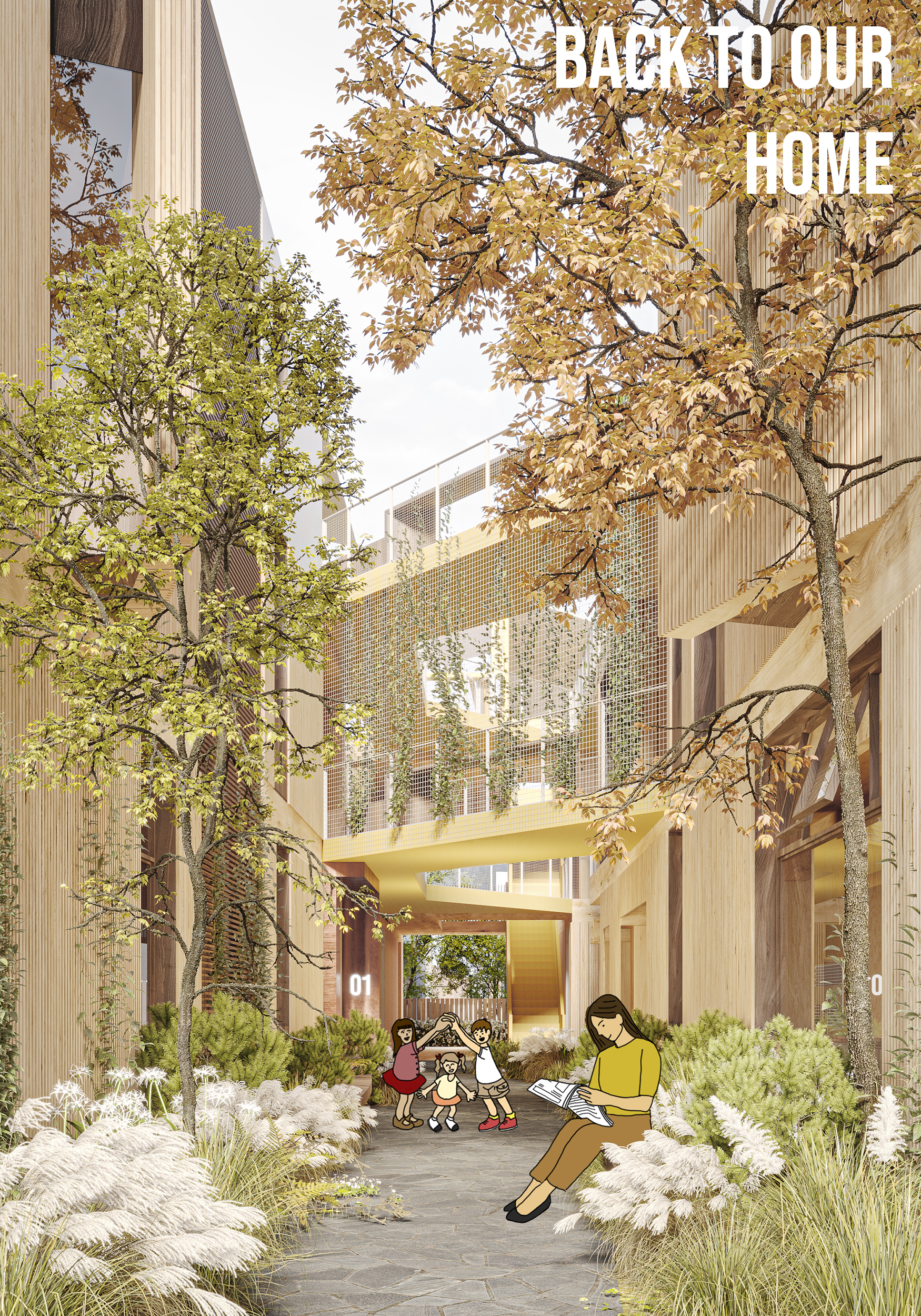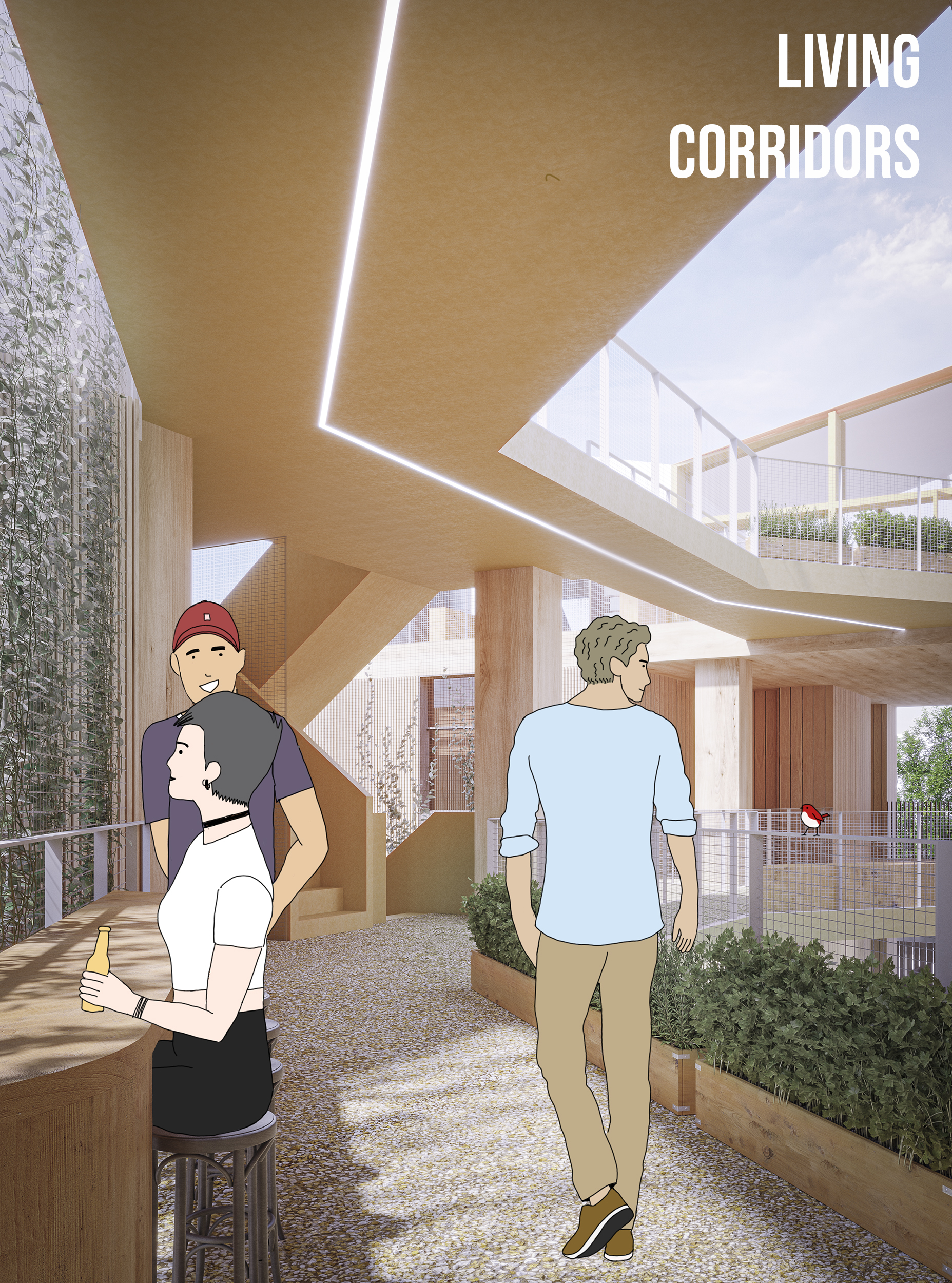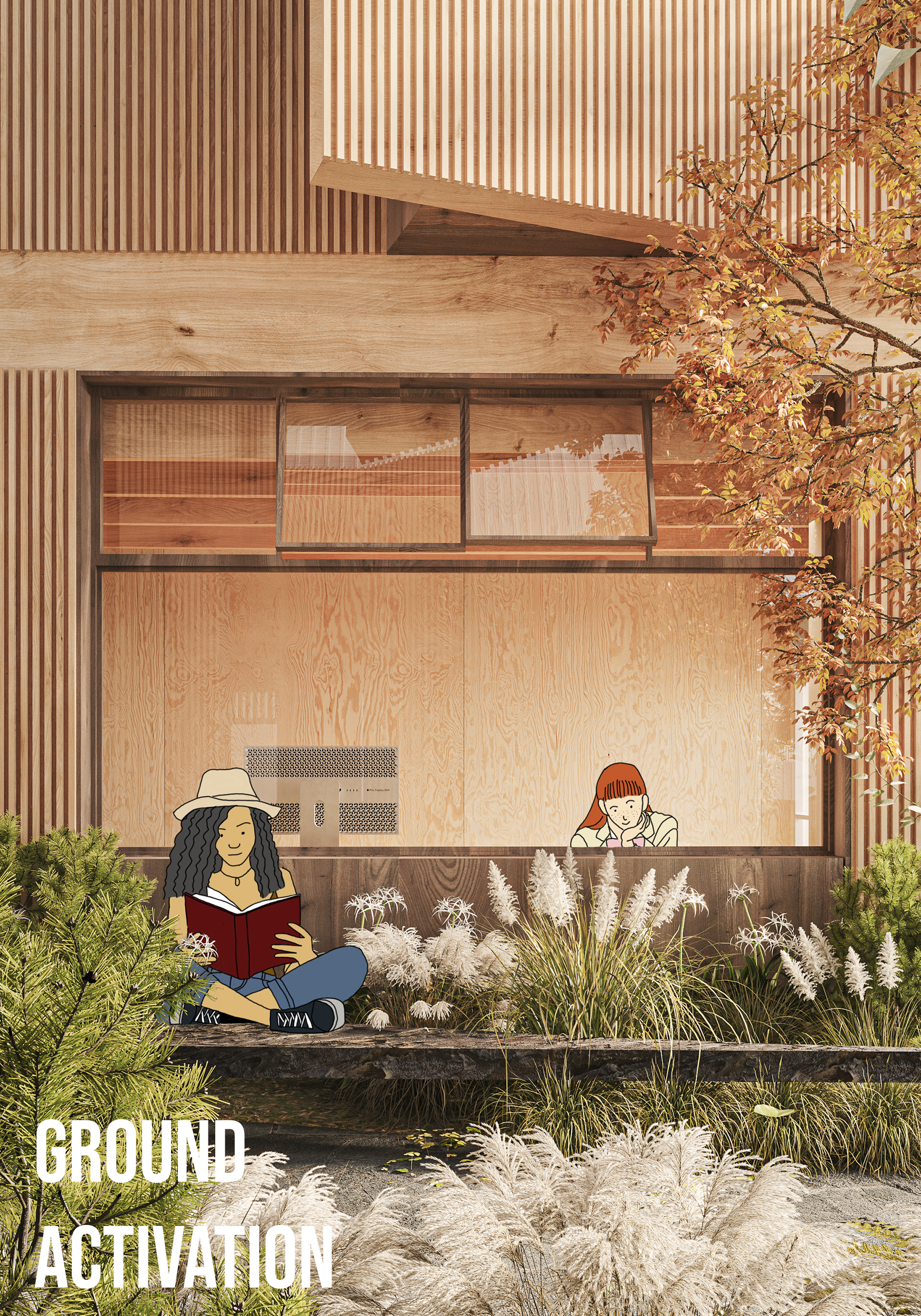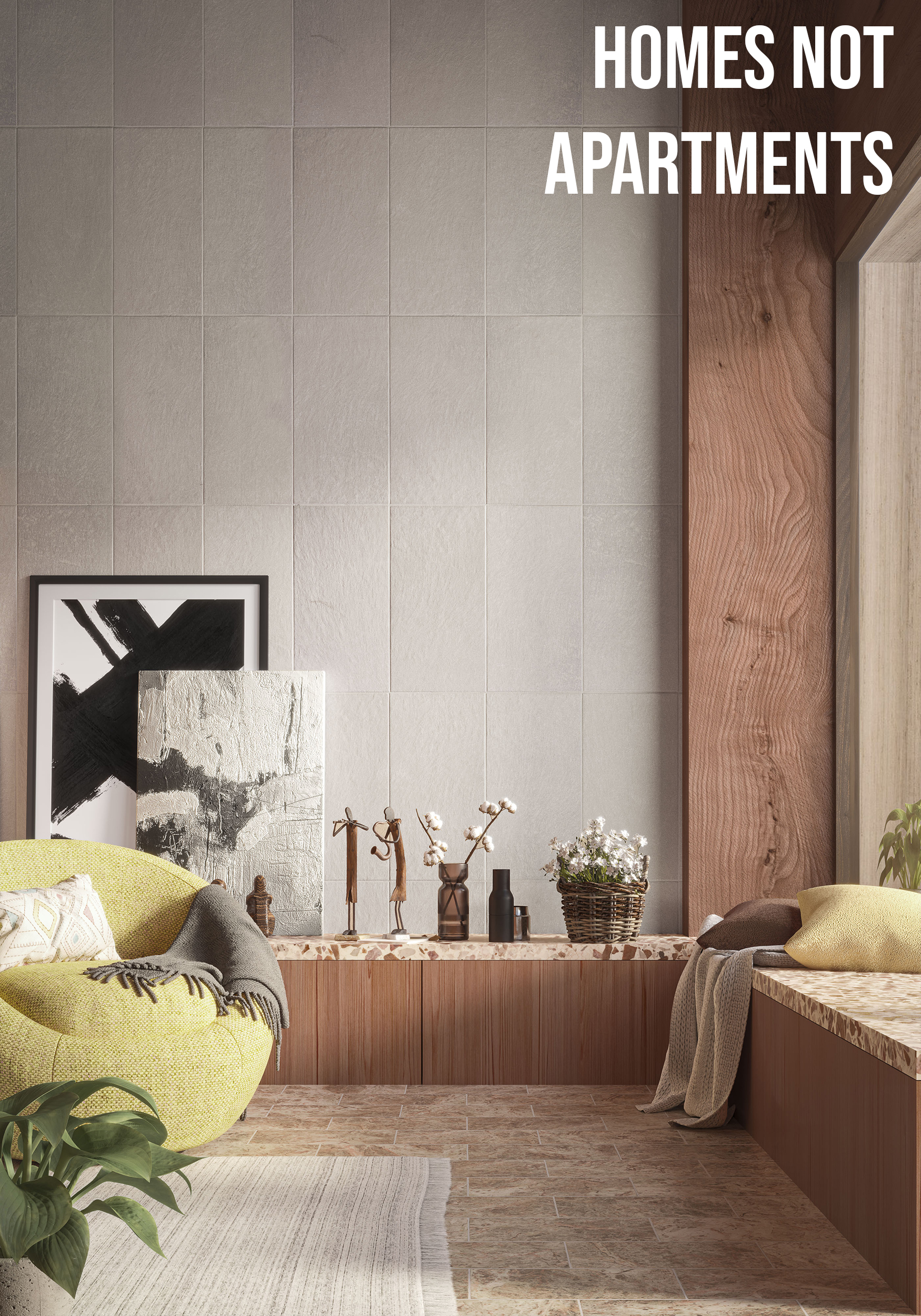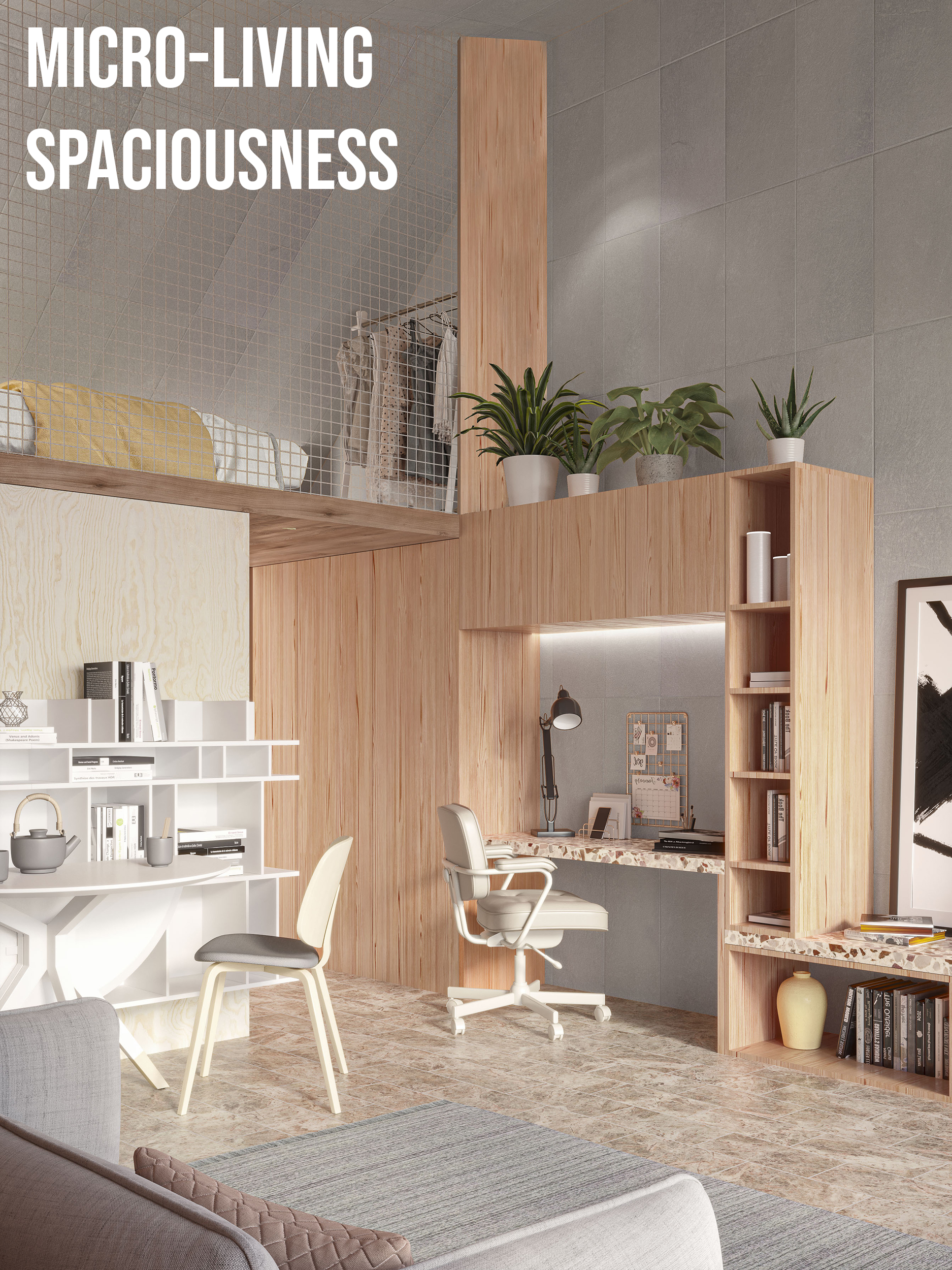Neuman Chow
Melbourne’s current multi-residential scene has statistical reports of apartment dwellers experiencing loneliness and social isolation leading to the phenomenon of being “Alone Together” famously coined by Elizabeth Cromley on her book on New York apartments.
This thesis positions to investigate the role of architecture in improving social cohesion through strategies applied in the design of a multi-residential precinct in conjunction with the Future Homes competition guidelines.
The thesis explore how architecture and placemaking can contribute towards the increase of social interaction opportunities and healthier neighbourhood relationships through precinct planning, apartment design and the effective amenities. The hypothesis is that the betterment of social cohesion can be achieved through increase of diversity, affordability and the greater standards of amenities in housing to bind the community together.
This project envisages to increase social capital and bridge inequalities within the precinct from a macro to micro scale. In the big picture, the strategic planning of communal areas to activate the ground plane as a communal strip creates a vibrant neighbourhood environment to eat, work and play. On a micro scale, kitchenless apartments, “party” kitchens, communal corridors and adaptable multi-generational homes encourages cohesion within the community. To bridge inequalities, affordability schemes are introduced through high volume, low area loft studio apartments and down-sizable apartments to create a diverse group of residents where they can co-habitate within a vibrant precinct.
The project is driven to create a place where they can proudly call “our home”.



